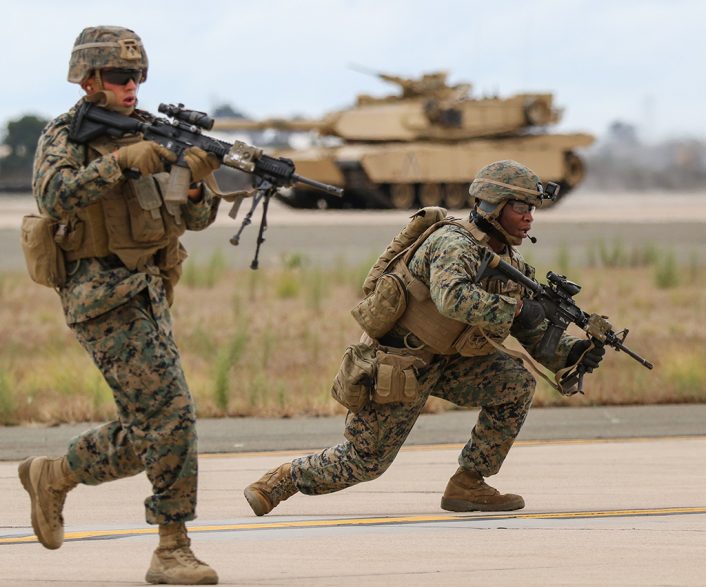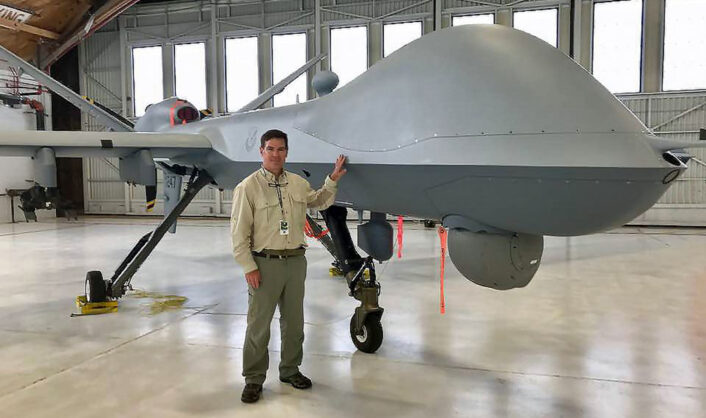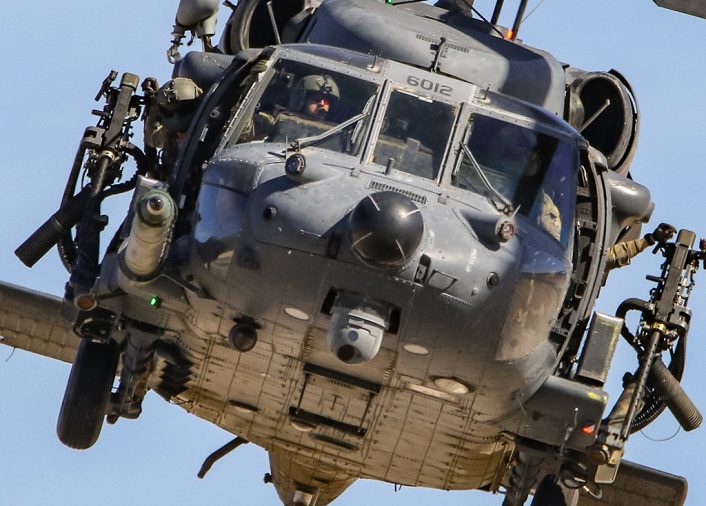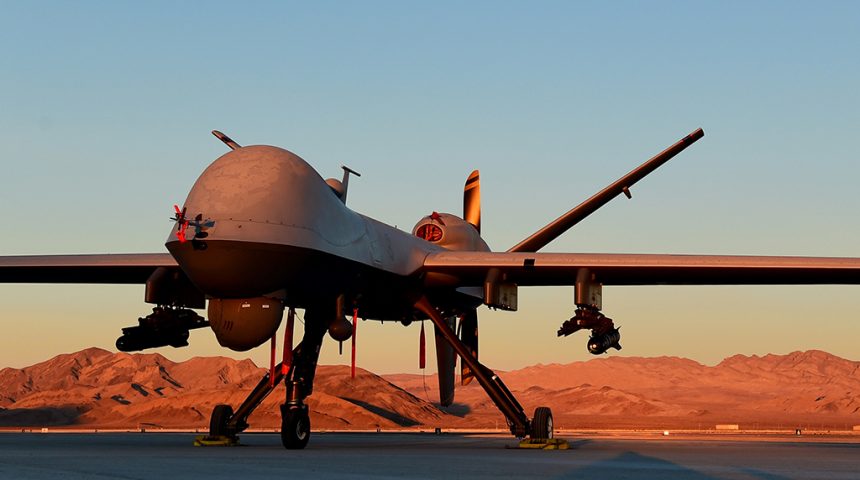The 9/11 Terror Attacks Changed the Way the U.S. Wages War. But How?
Two decades have passed since the 9/11 terror attacks and the beginning, and now claimed end, of the Global War on Terror. With an apparent conclusion to overt U.S. military intervention in Afghanistan, it’s appropriate to reflect on how the U.S. military has evolved since late 2001 and 9/11, and how it may continue to evolve in the future.
In the decades prior to both the Vietnam conflict and the Global War on Terror, the U.S. military was optimized largely as a “Leviathan Force”. This term was popularized by global military geostrategist and academic Thomas P.M. Barnett.
From 2001 to 2004, Barnett challenged conventional military doctrine with the concept that wars would continue to become increasingly “asymmetric”. One side would be a large nation-state with a uniformed military service, but the opposition would not be a country or nation-state at all. It may be an ideology that is not aligned with or constrained by any specific geography. There would not be a uniformed military adversary with a set conflict doctrine or static bases. Instead, their “base” would be their ideology, and their strategy and tactics would remain highly adaptable. In fact, an English translation of Al Qaeda is, “The Base”, defining the center of military balance in terms of ideology, not geography.

Barnett authored a PowerPoint presentation titled, “The Pentagon’s New Map”. This went on to become a book by the same name. In his book, Barnett defines the geopolitical world in terms of two extremes, a “Functioning Core” and a “Non-Integrated Gap”. He professes that the traditional “big army” leviathan force militaries of the Cold War era are ill-conceived to moderate conflict between the Functioning Core and the Non-Integrated Gap. He goes on to suggest that the military ought to evolve a new “Sys Admin” force that facilitates the integration, as opposed to military defeat, of the Non-Integrated Gap more readily into the Functioning Core. In short, Barnett espouses a kind of, “If you can’t beat ‘em, have them join you” strategy to dealing with adversarial/doctrinal opponents like Al Qaeda, ISIL and others.
Barnett pointed out that large militaries were configured and optimized to fight other large armies. The Cold War threat to NATO by the Eastern Bloc and Soviet Union described just such a threat.
Tom Clancy’s fictional masterwork, “Red Storm Rising” illustrated in literary terms what this conflict may look like. But Clancy, in his prescient imagination, also realized that the most plausible emerging threat may not be the armored divisions of the Warsaw Pact and the Soviet Union ready to pour through the Fulda Gap and conquer Europe by force of arms. Clancy penned a prescient verse in his novel, “The Sum of All Fears”, that features a plot where an extremist group manages to acquire one nuclear warhead. Clancy wrote an exchange between two characters. The fictional U.S. President Fowler, who asks character Bill Cabot, the fictional Director of the Central Intelligence Agency, “Who else has 27,000 nukes for us to worry about?” Cabot responds, “It’s the guy with one I’m worried about.”
And while it wasn’t a single nuclear weapon gone rogue that the U.S. faced on 9/11, it was a small group of determined extremists armed with little more than box cutters and plane tickets who brought a nation to its knees for at least a short time and changed their way of life for at least two decades.
As a result of this conflict asymmetry, the U.S. and coalition militaries have had to adapt significantly. Different than waging wholesale war on a nation-state, the asymmetrical war lexicon now includes terms like “High Value Target” or “HVT”, “Nation Building” and “Ginsu Bomb” that describes the precision guided, non-explosive AGM-119R9X.
Large occupation forces with tank divisions and infantry battalions have given way to small, special operation forces like Navy SEALS, Army Special Forces and Rangers. Flights of massive heavy bombers carpet-bombing large areas as seen in the Vietnam-era “Arc Light” and “Rolling Thunder” B-52 strikes have shifted to the use of precision-guided weapons sometimes deployed from remotely piloted aircraft, “RPAs” or “drones”. Airstrikes can be conducted without detection on a target-specific scale by using low-observable “stealth” strike assets like the B-2 Spirit, F-22 Raptor and the new F-35 Joint Strike Fighter, all of which have been operationally deployed in the stealth/precision strike role in the Global War on Terror.

So, warfare has changed significantly in the 20 years since the 9/11 terror attacks, and it continues to evolve. But one thing that remains the same is that wars fought against nation-states for territory and resources- land and treasure, are historically easier to moderate than chasing a terrorist doctrine or extremist mindset into the shadows and either changing its thinking, or annihilating it altogether.










